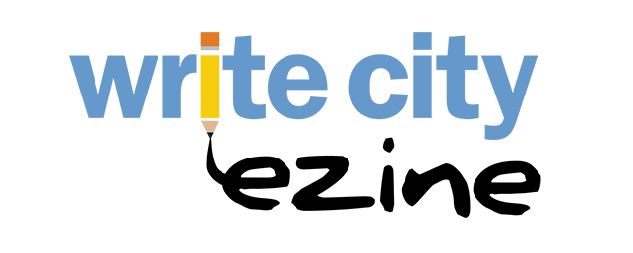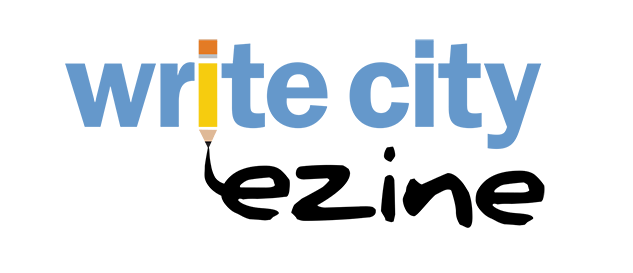
December 28, 2013
The Prodigal Newshound
by Mary T. Wagner
The Sunday paper arrived at my house this weekend, tucked into its plastic delivery box just a little to the right of the rusting mail box. I carried it in with my groceries, thinking that it’s gotten a little lighter over the years, despite the raft of advertising inserts. I felt like I was bringing an old friend back to my house for coffee after an awkward estrangement.
This shouldn’t sound like a big deal, but it is to me. The newspaper box had fallen into disuse steadily over the past several years as I scaled back my newspaper reading from a daily schedule to the Sunday paper…and then to none at all. It became a convenient drop off point for unsolicited grocery store fliers, and home to the occasional family of large, black spiders.
Blame it on the Internet. Seriously.
Newspaper reporting was my first “real” job. I’m not counting the cocktail waitressing that paid the bills during my first three years of college. I started my journalism career as a stringer for the Milwaukee Sentinel, a large metropolitan daily, while I was still a college student. I then bumped up to the staff of the even bigger Milwaukee Journal after I graduated. There was a thrill and an immediacy to what we did as reporters back then. Of course feature articles took longer to percolate, and special investigative series could take weeks or months to put together.
But the bread and butter, the meat and potatoes of what we put into those column inches that appeared in print only hours after we phoned in our stories came with an adrenaline rushed, pressure-cooker immediacy. In the days before everybody and his mother had a cell phone, the ability to locate a pay phone in a courthouse or at a gas station somewhere in the middle of nowhere meant the difference between getting your story delivered to the copy desk before deadline and blowing it entirely. It was a thrilling, vital business to be part of. Woodward and Bernstein, the guys who broke the Watergate story in the "olden days" of typewriters and telephones with cords and dials, were our heroes.
People read newspapers on a regular basis for the actual NEWS, and then talked—or argued—about what they’d read. It was a shared experience, though who you shared it with depended on whether you subscribed to the morning paper or the evening one. Kind of like the way—before cable TV came along and fragmented the viewing public’s short list of what to watch—a lot of folks watched the same shows on the big three networks, and connected over the water cooler the next day.
The last time I remember having a conversation with anyone about something I’d seen on TV the night before, Tony Soprano was contemplating rubbing out another liability without much finesse.
As newspaper reporting gave way to motherhood and freelance writing, I eagerly awaited the arrival of the afternoon paper as my portal into what was going on in the world. Let’s face it, having toddlers around isn’t terribly conducive to sitting and calmly watching the evening news. But the kids started to grow up, and I switched gears and went to law school, and suddenly I got introduced to the world wide web.
Life got even busier, and the daily paper went unread more and more often, piling up in a corner of the kitchen in huge stacks to be hauled to the recycling center…or used to polish the glass doors on the fireplace. I scaled down the delivery schedule to weekends, then just Sunday. As I got more adept at navigating a computer keyboard, I flitted from website to website for the latest headlines—CNN, the New York Times, my local daily—a dozen times a day. I started to notice that the stories I’d seen on the internet were turning up in my local paper…the next day. The whole “deadline” quality of the print media seemed to have become a quaint anachronism n an age of instant updates and a twenty-four hour news cycle.
When even the Sunday paper started to pile up unread for days, I finally pulled the plug, letting my meager one-day-a-week subscription lapse. I must have gotten a dozen calls from the paper’s circulation department in the months that followed, trying to entice me to return, but I breezily declined. I was just too busy to read a newspaper right now, and besides, I got all my news on line. What could possibly top having the New York Times instantly at my fingertips?
I felt guilty every time I hung up the phone, like I’d spurned a faithful lover, but a combination of thrift and impatience and practicality carried the day. Reading a newspaper became a rare indulgence, relegated to killing time in airports or long road trips when someone else was driving.
And then, one day, I realized the things that I’d missed were things I couldn’t find on a desktop, and I couldn’t find in an instant. I missed the tactile pleasure of handling the pages and sorting through the various sections of the paper. I missed the three-dimensional element of reading deep into a story, and turning back to the front page to review some detail I wanted to ponder some more. I missed reading deeply into a story, period. I recognized, a little late in the game, that I never got more than two or three paragraphs into any story I read on a flat screen. I just hit the highlights and moved on, my curiosity sated, always cruising for the next interesting tidbit. Such is the nature of effortless instant news. There’s a lot of deep, meaningful stuff out there to be read, but my attention span for reading anything on a computer screen is a mile wide and an inch deep.
And doggone it, even though I’m over forty and I still missed the comic section!
My local paper came a’calling again recently, and this time I took the invitation. I felt a flash of spit-in-your-eye defiance as I wrote the check, but I felt a warm glow of reconnection too. I know the print media is hurting, and the future of many major dailies and newsmagazines around the country is a truly scary unknown.
But damn it, I’m glad I’m back on board for the ride.
Write City Ezine is currently open to submissions. See submission guidelines for further information.
Affiliates/Partners
Testimonials
Contact
Join CWA
Member Profile
My Account
Writers Conference
Presenters
Agents and Publishers
Pitch Sessions
Sponsors
Scholarships
Speaker Registration
Book of the Year
Spirit Award
First Chapter Contest
Resources
Home
Chicago Writers Association
info@chicagowrites.org
Make a Difference!

